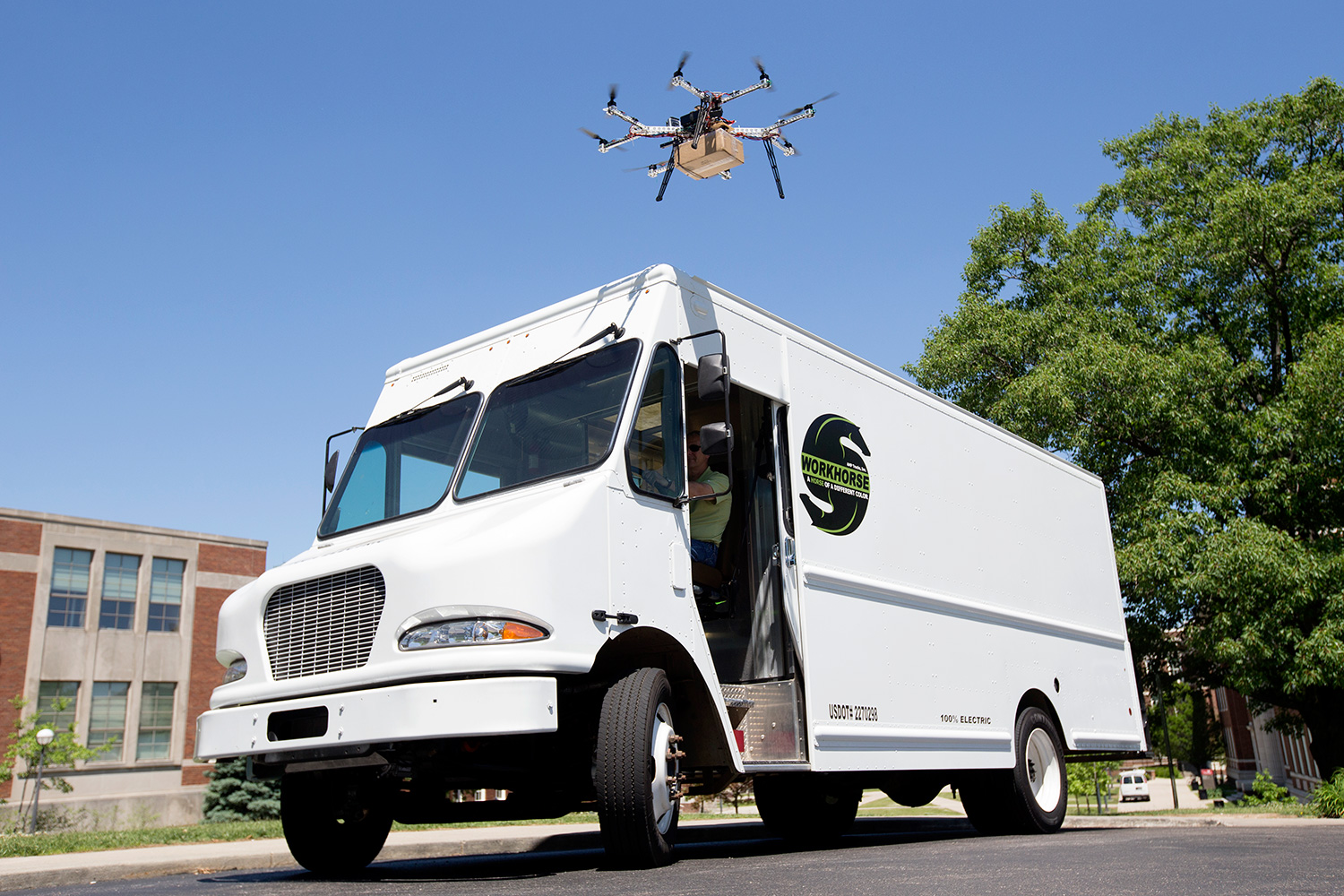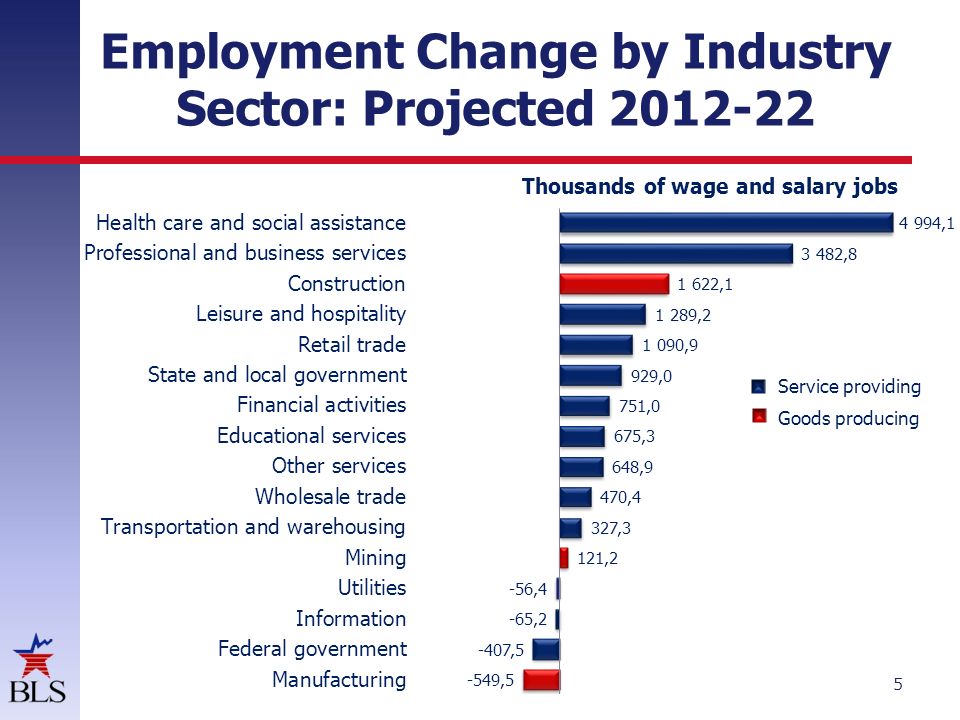It’s a foggy spring morning as a delivery truck silently pulls away from what was once a ‘mega center” supermarket on its way to deliver groceries and goods. The truck was loaded almost entirely by highly efficient robotic pickers inside the repurposed space. Pulling in and out of the warehouse docks are larger autonomous trucks resupplying the warehouse using a networked multi-node block-chain approach to the supply chain management.
Pulling away for delivery on that infamous costly last mile you might notice something missing behind the steering wheel; a human being. This truck is an autonomous delivery vehicle. The other thing you notice missing is noise and a tailpipe; since the entire fleet now electric and recharges via the solar array atop the distribution center when not in use.
Other private autonomous vehicles zoom in and out the distribution point as well, making use of unused capacity, they are personal vehicles put to work for their owners and others (for a fee) that previously sat in a parking lot for most of the day.
The robo-delivery truck makes its way from the distribution center and pulls into the center of its delivery radius several miles away and stop at the side of the road. The top of the truck mechanically unfurls and a dozen of drones lift off from the upper deck aircraft-carrier-style from the truck buzzing through the air to deliver everything from hamburgers to shaving cream right to customers’ doorsteps in parallel within hours of the order being placed.
Drones similarly service rural and remote households by descending from the heavens, but their distribution centers are 45,000 feet in the sky from a giant semi-rigid airship
Sounds far fetched? It’s not.
Everything I described above is either with us today or in testing phases. Customer expectations of the breadth of product choice and delivery time are shortening on a monthly basis. While there is no doubt that there are significant barriers to full scale deployments (shotgun practice being one hazard here in Arkansas), it is no longer a question of “if” but the real questions being “when”, “where”, and “how much”. There is no going back once customers get a taste of something better, they will demand it.

There really is nothing more powerful than an idea whose time has come. These ideas are now becoming reality today as giant corporations race to find ways to increase ease of buying and decrease time to value after purchase. So what does this mean for industries and people alike?
First, there is a fundamental convergence occurring among retail, distribution, software, and transportation industries. We already see this starting coalesce today. Evidence can be seen with GM’s partnership with Lyft and its acquisition of Cruise Automation. Walmart’s is partnering with Uber and Lyft to deliver consummables to homes. Meanwhile the race for the best map maker for autonomous vehicles continues, starting with Google’s acquisition of Waze and most recently with Intel’s investments into the technology.
Oh, and let’s not forget Google’s new company Waymo who is on the forefront of deploying autonomous vehicles and Amazon who managed to get their hands on customers’ shopping lists via in home automation. Then there’s a tiny company called Apple. With a name like ‘Project Titan‘ it’s probably just a small side project for them. It’s all coming together in expected, and probably unexpected ways to better serve customer needs.
Well that’s all well and good for customers BUT those customers need to work to pay for all that new fangled convenience. This technology will displace many jobs of today. A new study from MIT found that 3,000 ride sharing vehicles could replace the current fleet of 14,000 taxis in New York City. What other jobs will be eliminated?
Well, as a percentage of the workforce we will need relatively less grocery clerks, checkers, delivery drivers, long haul truckers, warehouse employees, and fewer farming and factory workers. These monotonous and sometimes dangerous jobs will slowly fade away and be replaced by automation in much the same way as manufacturing did in the 1990s.

On the gain side of job creation, we will need more people to help design, build and refine these systems. We will need engineers, programmers, statisticians, logicians, operations managers, communication, and customer services experts. In other words, we will need people to design, build, and maintain tools rather than operate them.
Nations will need to upgrade their workforce if they hope to compete. The future workforce is one that will need to be better educated. The fundamentals of math, reading, and writing will be required, but insufficient for this new world. We will need a work forces that is also skilled at critical thinking, collboaration, and independent thought. Jobs requiring only a high school education will continue to be less plentiful and less economically rewarding as those jobs are sucked into the vacuum of cheaper and more efficient automation as they are today.
To prepare for this future we should be reconfiguring and investing in our education system accordingly, lest we be left behind. I am optimistic that we can move forward in preparing for this new world. Selfishly, I do look forward to ordering my burger from a blimp…perhaps then I can finally get an In-n-Out Burger without having to drive to Texas.



